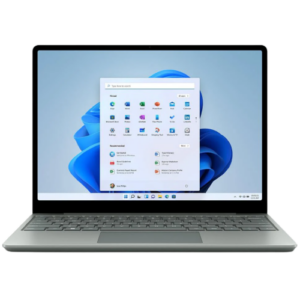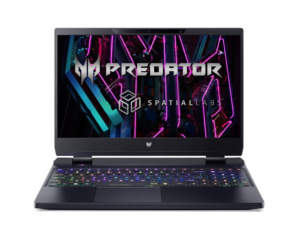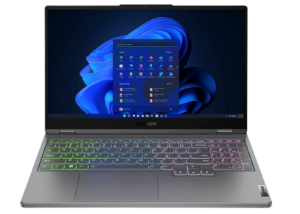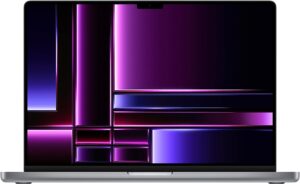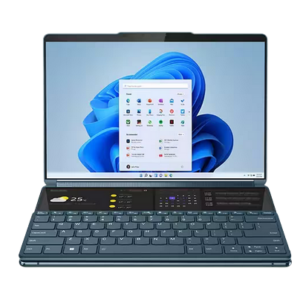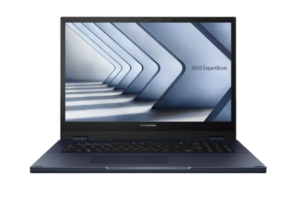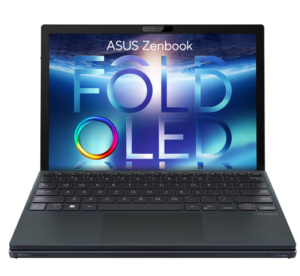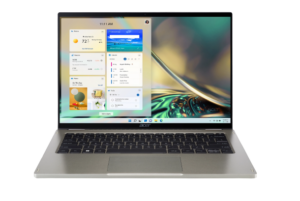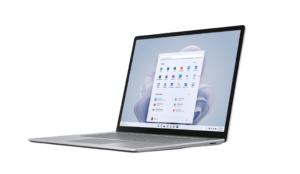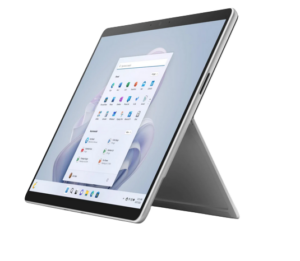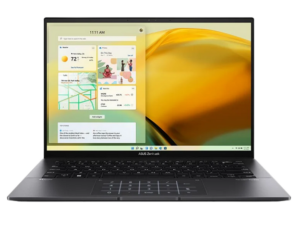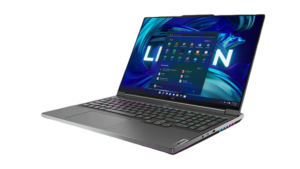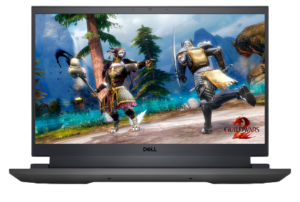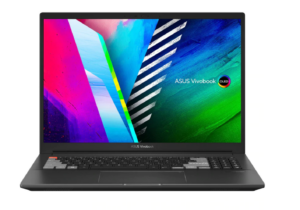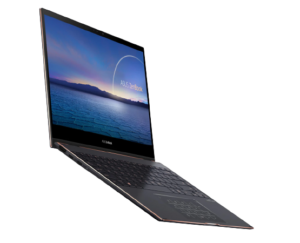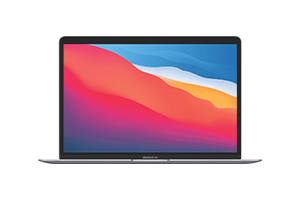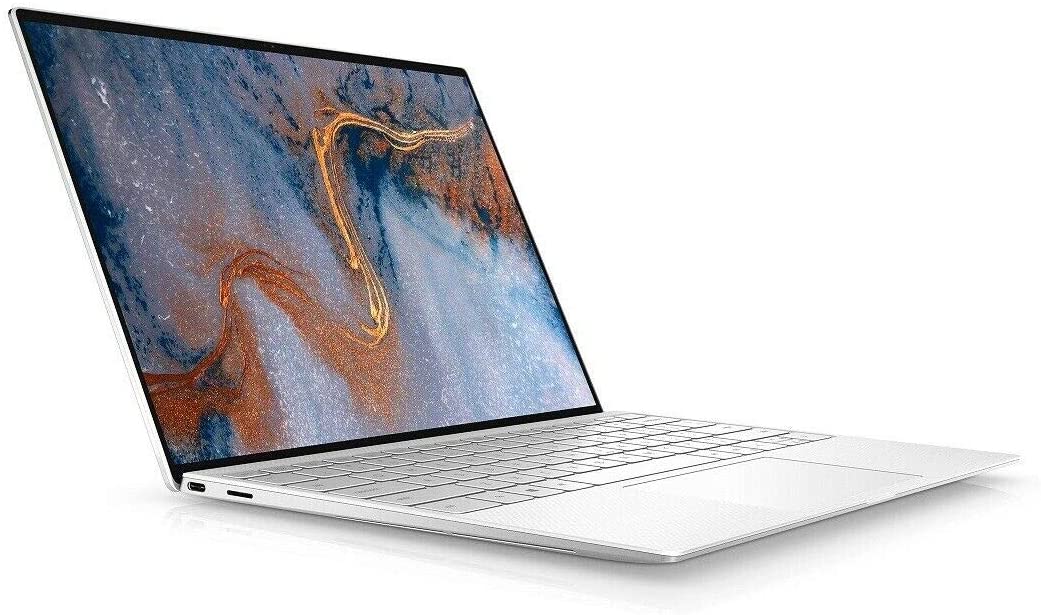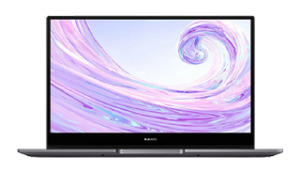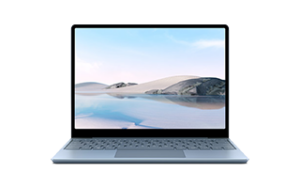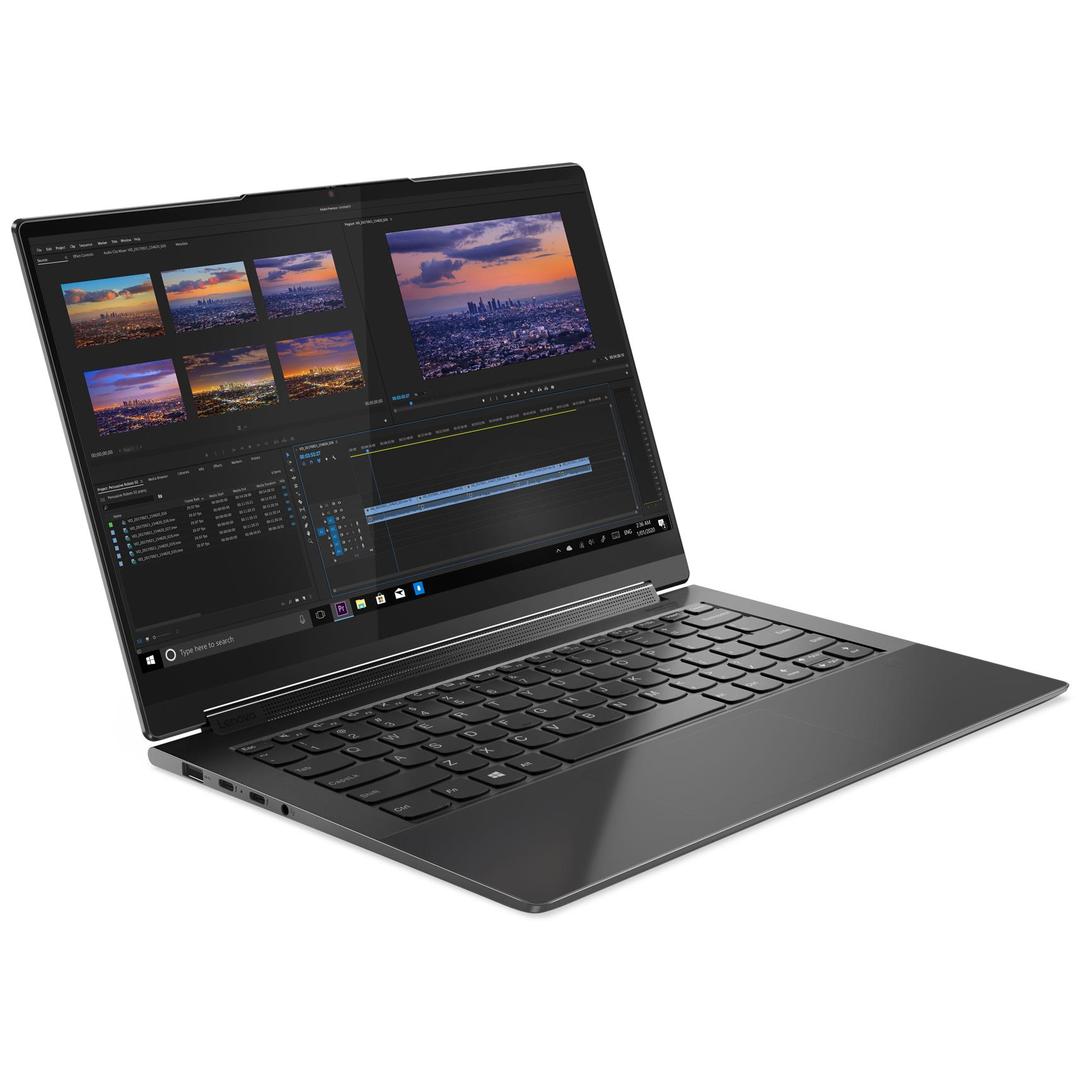It's Go time. Again.
The Microsoft Surface Laptop Go 2 offers great performance for fiscally-strapped students
Even if it doesn't fix every shortcoming that held Microsoft's original Laptop Go back, the new Surface Laptop Go 2 still represents a significant upgrade on its predecessor.
Everything that worked about the first generation effort remains more or less intact, while the biggest weaknesses have been left on the cutting room floor. While the dividends of affordability have shrunk a little as a result of the higher price, the big picture appeal of Microsoft's most budget-friendly laptop seems likely to survive the ordeal
The Surface Laptop Go 2 is far from Microsoft's most powerful or best PC, but as far as entry-level or student-friendly laptops go, the amount of bang-for-buck here is easy to like and hard to look past.
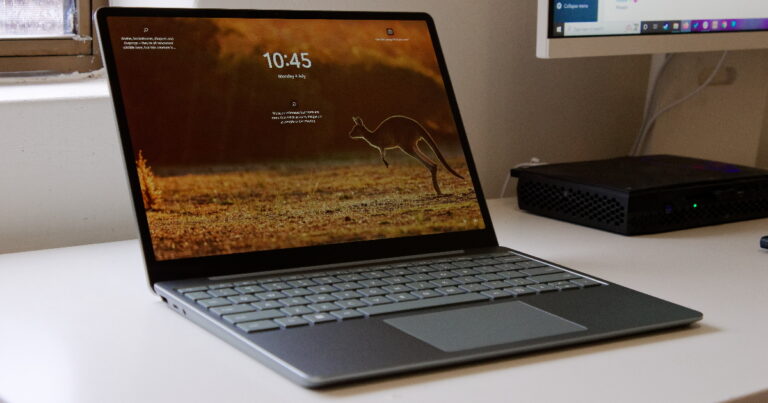
How much does Microsoft Surface Laptop Go 2 cost in Australia?
In Australia, pricing for the Microsoft Surface Laptop Go 2 starts at $1,099. While that asking price sits on the right side of affordability, it does represent a sizable $400 upsell on the $698 that the previous Surface Laptop Go is going for in 2022.
There are a number of different spec configurations on offer here, so be sure to check out the table below for a sense of how local retailers vary when it comes to pricing.
Microsoft Surface Laptop Go 2 - Design and features
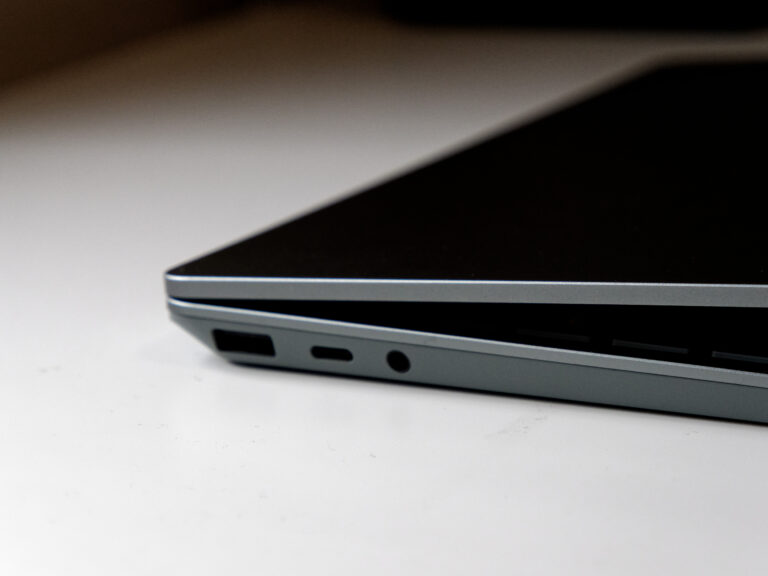
It's hard to talk about the Surface Laptop Go 2 without acknowledging just how much DNA it shares with its predecessor.
Akin to its immediate ancestor, the Laptop Go 2 sits towards the very bottom of the Surface lineup. It's not quite as affordable as the Surface Go tablet, but it's a close second for affordability. This earns it a lot of leeway when it comes to the sometimes-literal corners that Microsoft have chosen to cut here.
Put the two devices side-by-side, and most will strain to tell the difference. The top half of the machine is an aluminium slab. Meanwhile, the bottom half of the machine is made of a more plasticky material.
Weight-wise, the new Surface Laptop Go 2 is slightly heavier than its predecessor. However, the difference in grams is so slight that most won't feel burdened by it. All things considered, this is a pretty lightweight laptop yet sturdy enough that you can shove it inside a bag on short notice.
Like the original Surface Laptop Go, the Surface Laptop Go 2 is built around a 12.4-inch PixelSense display, a frill-free frame that's nice to look at and a total of four ports perched on the edges.
Importantly, one of these is the Microsoft Surface Connect port and used almost for charging. So, really, we're talking about a modern laptop with just three ports. Even by the standards of laptops playing with portability, that's not a lot and it may limit what you can and can't get away with using the Surface Laptop Go 2 for.
With a 720p webcam (that's unexceptional, though an improvement on the original Surface Laptop Go), non-backlit keys and a fingerprint sensor (that's only found in higher-spec models), the Surface Laptop Go 2 doesn't have much in the way of premium perks or features. For better or worse, it's almost entirely focused on the fundamentals.
Thankfully, it nails those. Despite the squared-off form factor, typing on the Surface Laptop Go 2 doesn't feel particularly cramped. Likewise, the speakers pack a surprising amount of depth and punch given the limitations in play.
Less generous compliments can be paid to the screen on the machine. It's serviceable, but a little on the dim side. So long as you don't look too closely or watch a lot of video content on it, most will probably fare fine with it.
Trying to fix something that isn't broken is one of the most common pitfalls when it comes to sequels. Thankfully, Microsoft has kept changes to a minimum when it comes to its second stab at the Surface Laptop Go.
Microsoft Surface Laptop Go 2 - Performance and battery life
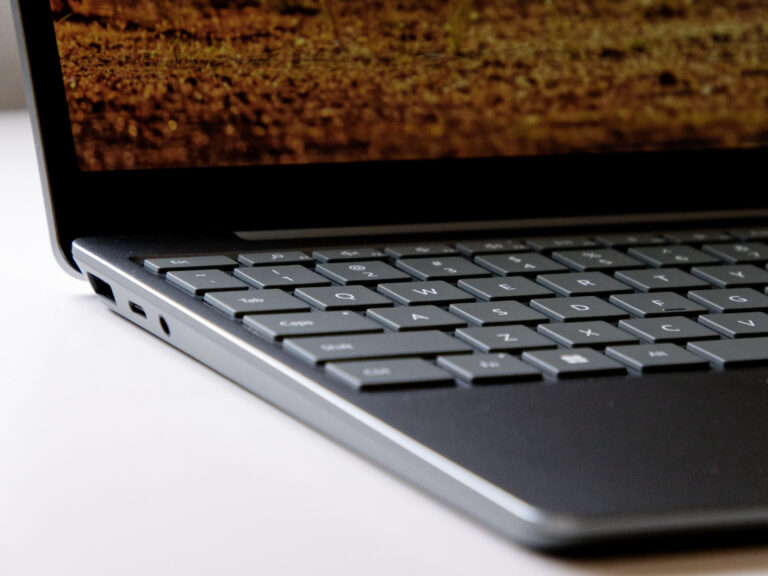
Courtesy of the 11th Gen Intel Core processor inside the machine, the Surface Laptop Go 2 delivers tangible performance improvements over the previous model.
Intel's second-latest silo of silicon delivers the goods here, allowing for snappy multitasking and plenty of active tabs in your web browser of choice. The inclusion of Intel's Xe graphics tech adds further value to the scrappiest device in the Surface lineup.
The Microsoft Surface Laptop Go 2 is much more viable when it comes to gaming and media editing than its predecessor was. That said, the graphical grunt here is nowhere near what you could get from even an entry-level gaming laptop and the best gaming experiences that the Surface Laptop Go 2 can offer are likely to the cloud and a subscription to Microsoft's PC Games Pass.
The table below breaks down how the Surface Laptop Go and the Surface Laptop Go 2 compared when it came to our testing.
Burned down via streaming video content on YouTube, the 39Wh battery inside the Surface Laptop Go 2 lasted 10 hours and 22 minutes. That's a significant improvement on the 7 hours and 41 minutes that the original Surface Laptop Go lasted.
Unfortunately, at a starting price of $1099, the Surface Laptop Go 2 sits within spitting distance of devices like Apple's M1-powered MacBook Air. The problem isn't that the Surface Laptop Go 2's performance is particularly poor, but that the gulf in value between it and machines that are only a few hundred dollars more expensive feels wider than ever.
Factoring in the potential implications on everyday battery life and performance, Microsoft's more modest choices in specs begin to lose their lustre sooner rather than later. Perhaps depreciation and a decent mid-year sale will tilt the odds in Microsoft's favour, but right now the performance and battery life you can expect from the company's best cheap Surface pales in comparison to Apple's best cheap MacBook.
This reality can't entirely erase the Surface Laptop Go 2's achievements, but it's hard to ignore the shadow it casts over it.
Microsoft Surface Laptop Go 2 vs Surface Laptop Go
When it comes to design and form-factor the Surface Laptop Go and Surface Laptop Go 2 have more in common than they do apart. In either case, you're looking at a 12.4-inch PixelSense, Dolby Atmos omni-speakers, 720p webcam and a quartet of ports.
It's the nitty-gritty where the biggest differences between the two can be found. While both machines are available with either 4GB or 8GB of RAM, the more recent Surface Laptop Go 2 comes with a more recent 11th Gen Intel Core i5 processor. The latter represents a clear upgrade on the 10th Gen processor found in the original Laptop Go.
The Surface Laptop Go 2 also opts for a larger 128GB of base storage, while its predecessor starts for 64GB.
Is the Microsoft Surface Laptop Go 2 worth buying?
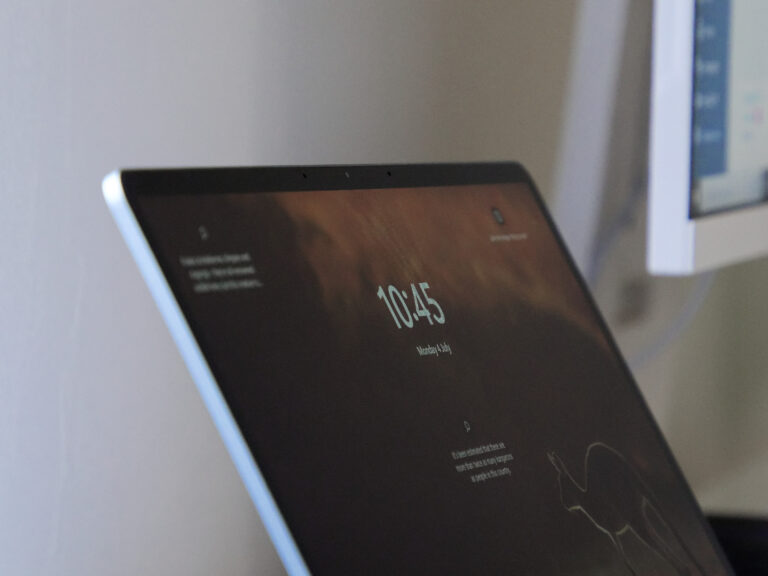
The Surface Laptop Go 2 is a slam dunk on its own terms, the degree of that success is slightly diminished by the price hike. It's still far and away the best budget PC in the Surface stable, but if you're looking at spending this much, the siren's call of something more mid-range may prove hard to resist.
If you're in the market for a Windows-based machine on a budget, the Surface Laptop Go 2 definitely deserves more than a passing glance. That said, those who can imagine - and can afford - life within Apple's walled garden are unlikely to be swayed by Microsoft's little laptop that could.
Microsoft's Surface Laptop Go 2 is a perfect fit for those who are happy with good enough, but a poor substitute for those who want something truly great on a budget.
How we review laptops
Whether you're looking at a mainstream computer brand like Dell or a dedicated gaming brand like MSI, there's an immense number of decisions you'll need to make when purchasing a laptop. If you're not sure where to start, here are a few important features to consider when shopping for your next laptop:
- Screen size and type: Unlike upgradeable components like your GPU, RAM and storage, you're stuck with the display you buy when you purchase a laptop. Is it a comfortable size? Does it offer a wide-viewing angle?
- Resolution: Similarly, you can't change your display's resolution after the fact. 1080p (Full HD) is the bare minimum these days and most laptops worth their price tag aim for 1440p at least (QHD or QuadHD) but you can also opt for 4K if you're willing to spend a little extra.
- Refresh rate: A screen's refresh rate is the measurement of how frequently it changes. If you play fast-paced multiplayer games like Call of Duty, you know that the difference a few milliseconds that a high refresh rate gets you can count for a lot. The higher the refresh rate, the better. Most conventional laptops offer 60Hz to 90Hz but fancier gaming laptops can offer 144Hz, 165Hz or even 240Hz screens.
- Ports and connections: Like your screen, ports will impact your everyday experience with a laptop, particularly if you use it for work. While you can work around this with USB hubs and adapters, a laptop with fewer ports than you need can quickly become a headache.
- Future-proofing: There are no hard and fast rules here but as a general suggestion, you'll want to sure you're laptop has the legs to survive a few years of technology improvements in any way you can. You can overshoot on your desired specs, spending more on a machine that's more powerful than you currently need, or opt for a model or brand that has support for upgrades down the track. Check which features of the machine are upgradeable. The Dell XPS 15, for example, supports additional RAM, while Apple MacBooks do not.
Check out our dedicated laptop buying guide for more suggestions on shopping for the best laptop for your needs.
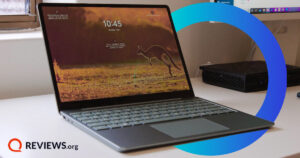
How we review laptops
Here are the big things we consider when reviewing laptops.
Related Articles





